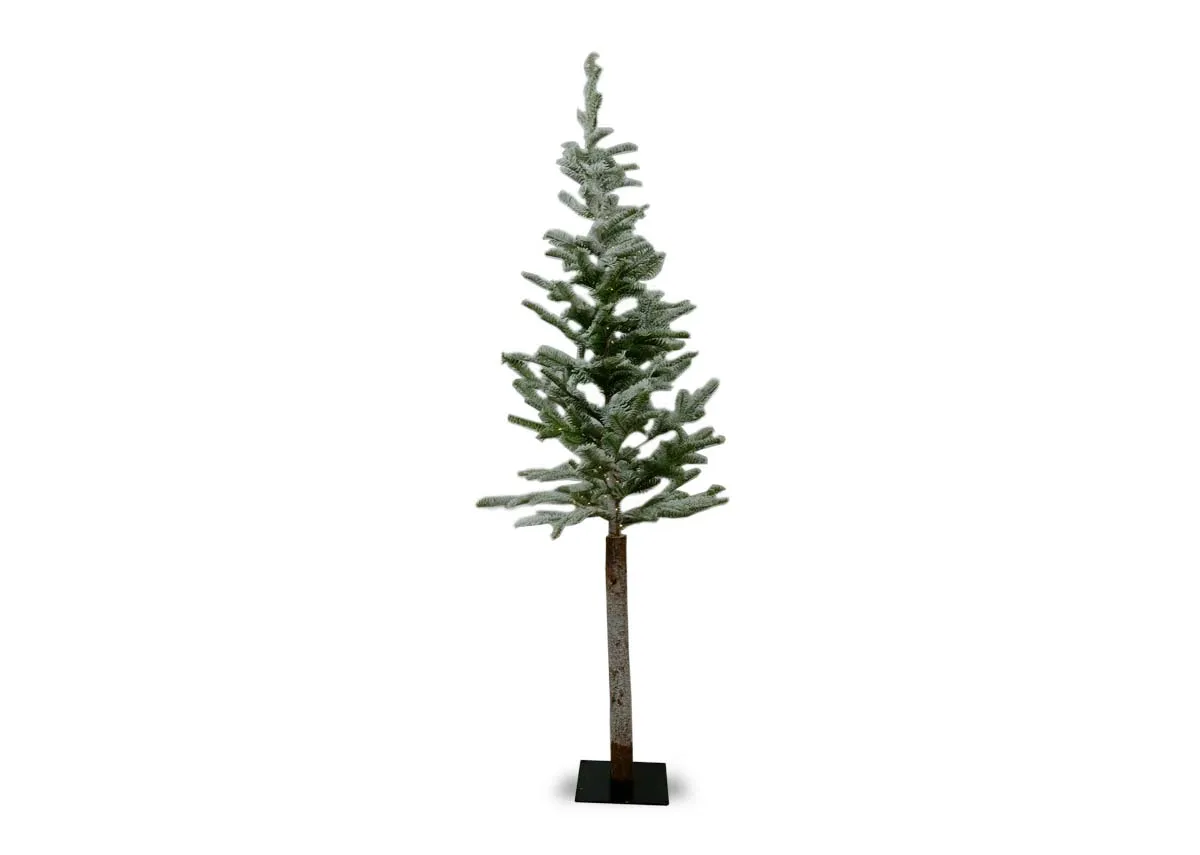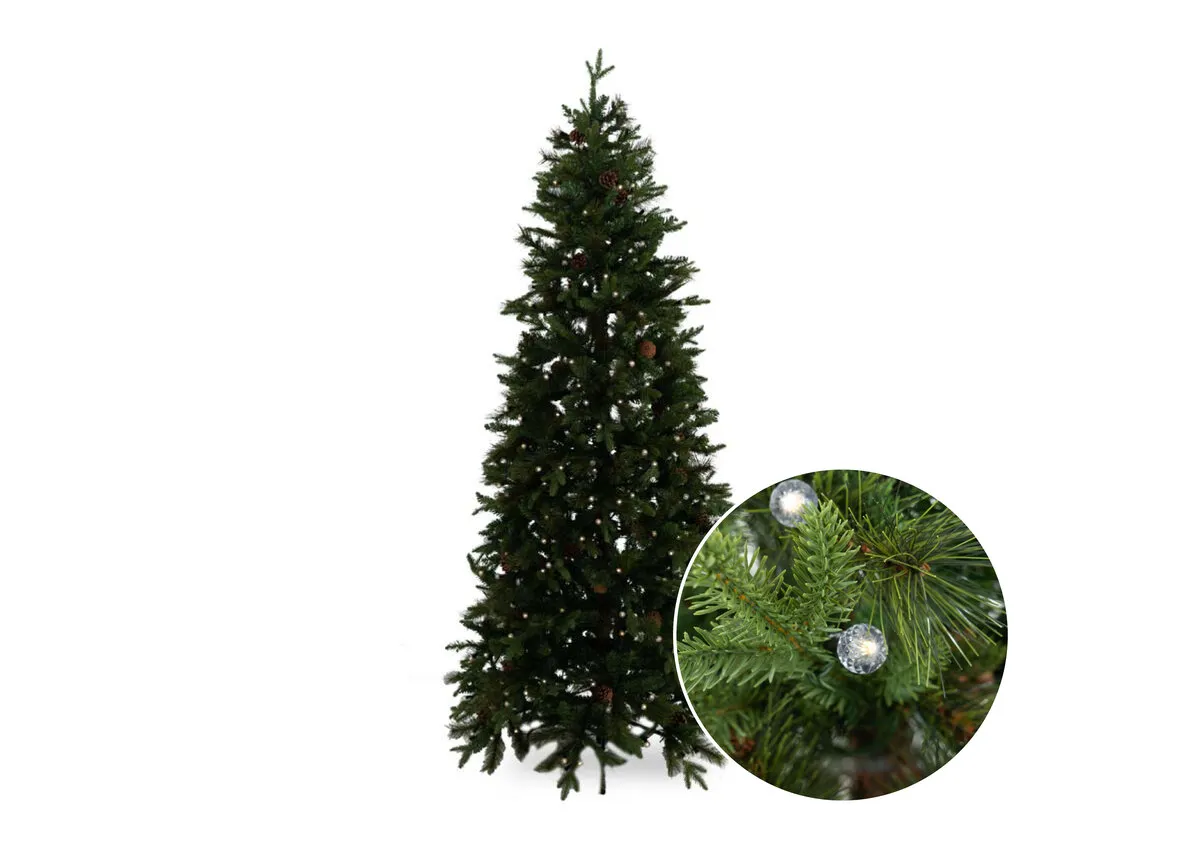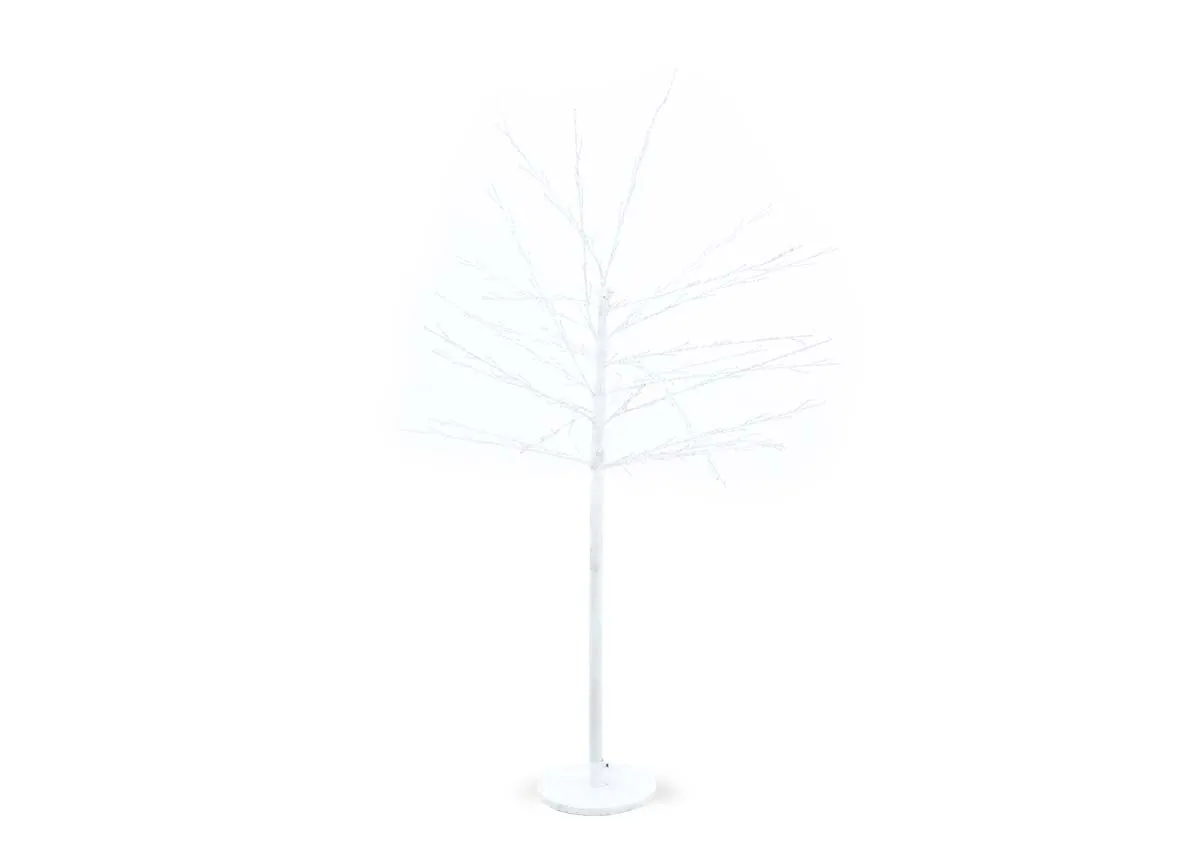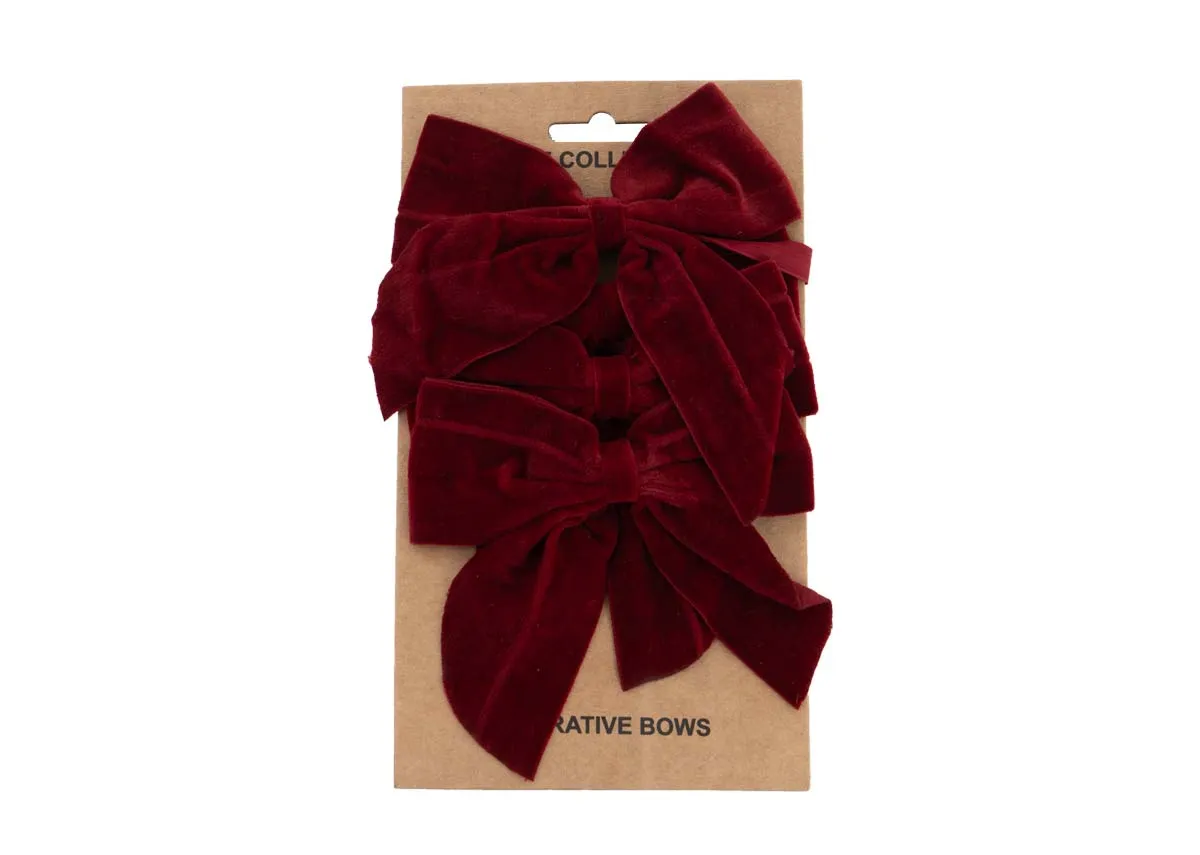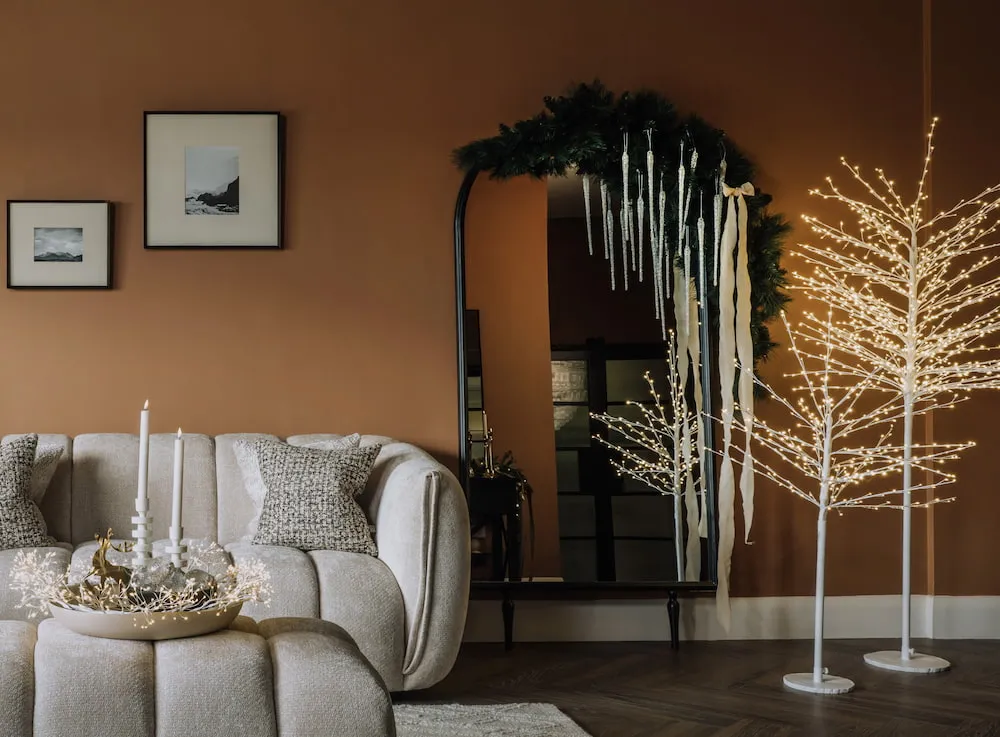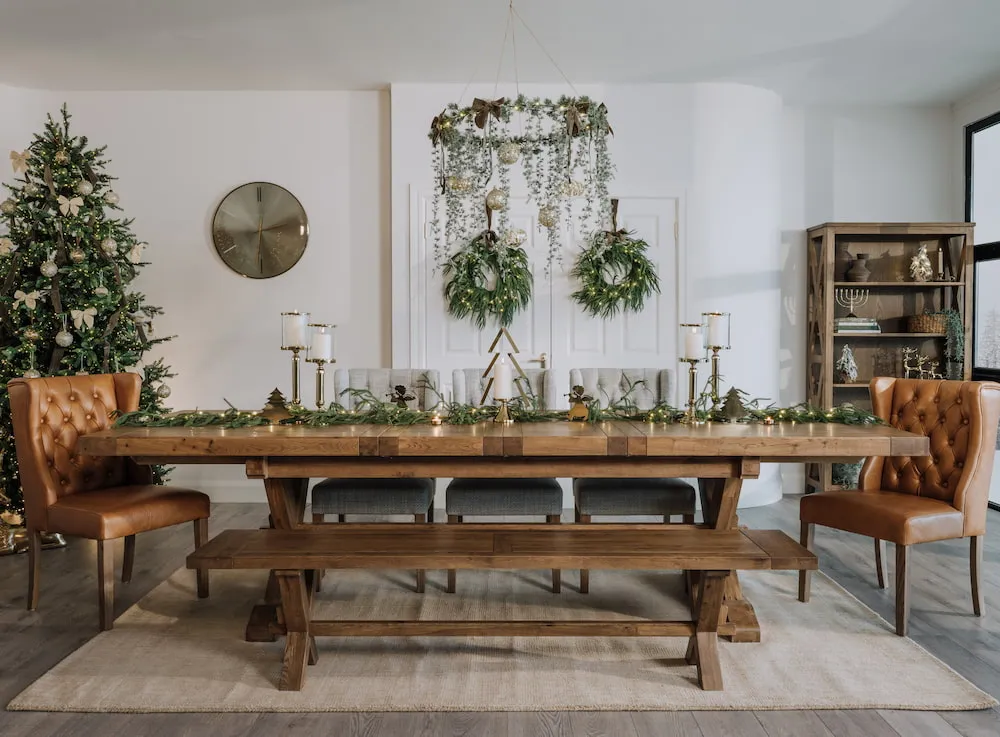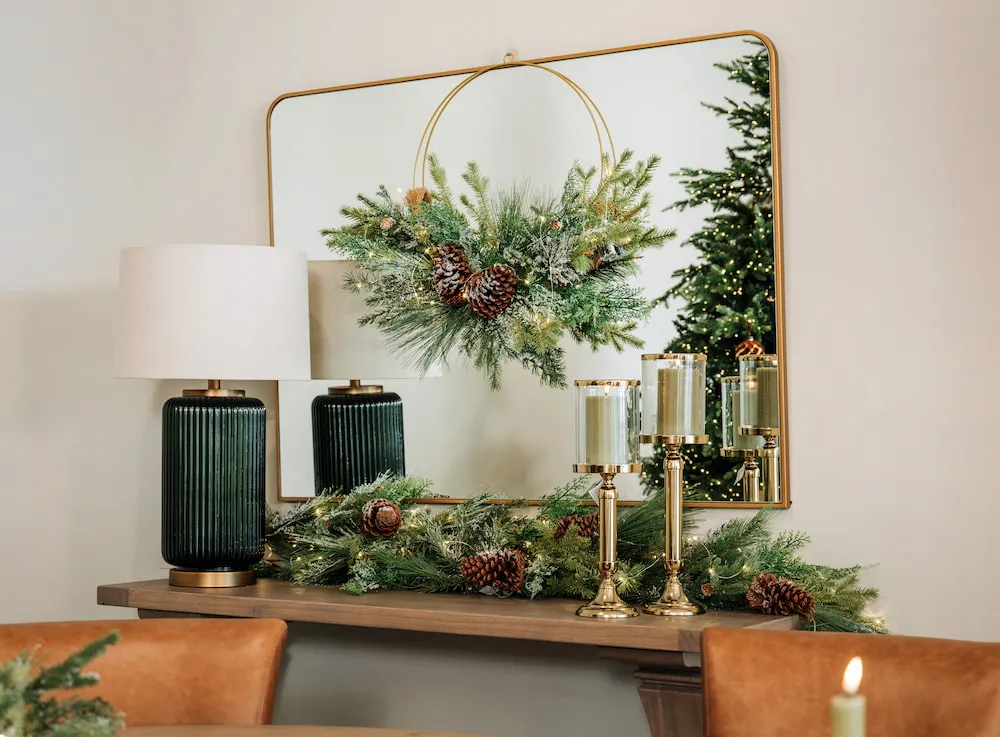A Christmas tree is a staple decoration during the holiday season. Many of us come together to decorate them, and others will gather around them to open presents. Whether you are living in a small apartment or a large, detached home, a Christmas tree is a must-have during this magical time of year. However, deciding on the perfect tree for you and your home can be difficult, especially with so many different varieties and sizes to choose from.
Artificial Christmas trees are the most sought-after this year, mainly because of their reusability, lack of maintenance, and oftentimes, already-decorated and pre-lit designs. Here at EZ Living Furniture, we've got lots to choose from, and we're here to help you choose the best one for you, whether that's the snow-tipped Vermont or the Slim Noble alternative.
In this, our Ultimate Christmas Tree Buyer's Guide, we answer all of your questions and give you the information you need to buy the perfect tree for you and your home in one quick 5-minute read.
And if you need more great advice, read our article on How To Decorate Your Tree Like The Pros to give your tree all the love this Christmas.
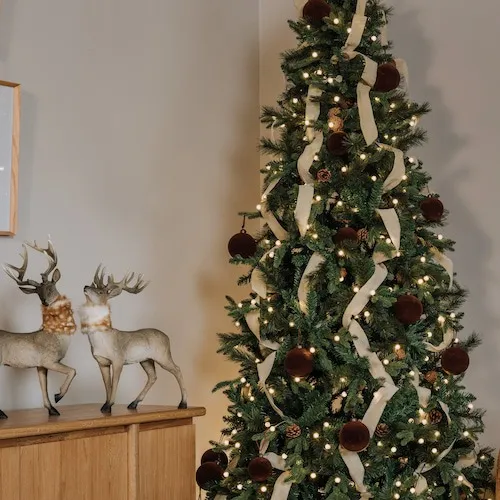
Why Choose Artificial Over Real?
As your Christmas tree is such an important aspect of your seasonal celebrations, it is vital to choose the right tree for your home. Your first decision will be whether to invest in a real tree or an artificial one. While a real tree will undeniably possess a special quality and a fragrant pine scent, there are many reasons why an artificial tree is a wiser investment overall.
Cost
Artificial trees can be reused year after year, saving you a great deal of money over time. Depending on which style you choose, an artificial tree could even cost less than a real one to purchase.
Convenience
Once erected and decorated, an artificial tree requires no maintenance. It won’t need watering, and it won’t drop needles all over your floor. Real trees shed profusely, which is not just a safety concern for homes with pets and small children, but will also mean you will end up picking up pine needles until their disposal.
Disposal
When Christmas and New Year celebrations come to an end, an artificial tree can be packed up and stored away until the following year. With a real tree alternative, you will need to dispose of it correctly, which means another trip in the car and a great deal of mess to clean up afterwards.
Transportation
Artificial trees are supplied in relatively manageable boxes and broken down into several sections. They are easy to transport home and you could have your tree delivered. Real trees, on the other hand, are difficult to manoeuvre, are very heavy and may not fit in your vehicle.
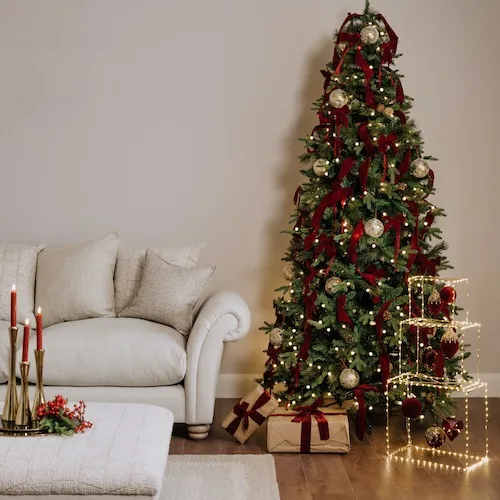
Decorate your tree with contrasting red and gold baubles and sprays for the ultimate Christmas tree display.
Longevity
If you're a Christmas lover like us, you might want to set up your Christmas tree in November. Should you choose to display your real tree well in advance of the big day, you'll probably find that it will have turned brown by Christmas, even if watered correctly. One of the best things about an artificial tree is its ability to always look its best, allowing you to display it for as long as you wish.
Appearance & Symmetry
Real trees often lack symmetry and can be very wide at the base, meaning they are often unsuitable for a variety of interior spaces. Artificial trees are available in many shapes and sizes, ensuring you find one suitable for your intended space.
Decoration
Some artificial trees come pre-lit and pre-decorated, taking the most difficult aspect of tree decoration out of the equation.
Safety
Real trees are known to be fire hazards, particularly when they begin to dry out, whereas artificial Christmas trees are made from flame-retardant materials, reducing the risk of starting or exacerbating a fire.
Allergies
Did you know that real Christmas trees can cause allergic reactions in some individuals? More than 50 moulds can grow on conifers, all of which can trigger a variety of unpleasant symptoms in some people who are in the presence of a real Christmas tree.

Christmas trees can be placed in various rooms around the home.
When Should You Be Thinking About Buying?
Christmas trees are usually freely available, but there is always a chance that your favourite style will sell out early. Christmas trees available this year might not be available to purchase later this year or ever again, for that matter. There isn’t necessarily a bad time to buy your tree; however, getting in early will ensure that your home will be lifted by the perfect tree and that it will arrive in plenty of time for the holiday season.
What Are The Best Artificial Trees?
Artificial Christmas trees boast a variety of looks. Aesthetics are always a matter of personal taste, but trees with realistic faux pine needles possess an air of quality and an authentic feel. Many artificial trees are modelled on real trees and their needles. These may be pine, spruce or fir, including the lodgepole pine, white pine, Norway spruce, Nordmann fir, noble fir and Fraser fir.
All Christmas trees are conifers, and it can be tricky to tell the difference between pines, spruces and firs if you don’t happen to be a botanist. When a twig bears its needles in groups of 2-5, you are almost certainly looking at a pine tree. If a twig features single needles, the tree is fir or spruce. Roll a needle between your fingers. If it feels flat and won’t easily roll, it has come from a fir tree. If it has four sides and rolls easily, it belongs to spruce.
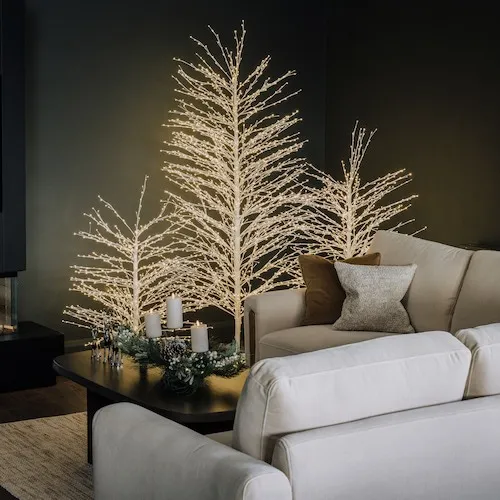
Trees can come in a wide variety of sizes and styles.
Are There Smaller Trees For Smaller Rooms?
When space is limited in your home, you could be wondering where best to position your tree and if it's even possible to accommodate one. Thankfully, artificial Christmas trees are available in many sizes, with some as small as 24cm in height. Smaller trees may be placed strategically to create a sense of drama. You can take advantage of mantel pieces, coffee tables, chests, windowsills, and other elevated positions to ensure that your tree is highly visible and to avoid using up valuable floor space. You could also choose to display multiple small trees rather than a single large tree in your decorative display. If you would prefer a floor-standing tree, but your room is small, look for a slim-style tree that won’t project too far into the room.
What Should You Look For When Buying A Christmas Tree?
There is much to consider when choosing your ideal tree, even if you have already decided on an artificial tree. Before you are seduced by a tree that won't complement your home, here’s what to think about:
Where To Position Your Tree
It is vital to decide in advance exactly where you are going to put your tree. There’s no point displaying it in a room that you rarely use or where no one can see it. For this reason, we suggest positioning your Christmas tree in your living room, dining room or hallway.
Consider which room offers a convenient place to locate the tree and whether you are able to move any surrounding furnishings to create the space you need. Measure the width and depth of the available space to establish how wide your tree can be at the base, without becoming an obstruction.
If you have pets in your home, you could avert disaster by displaying your tree in a room where you can prevent them from entering. Many a stunning Christmas tree has been destroyed by a climbing cat or a destructive doggie. The need to locate your tree in a room you can close off may also impact the size and shape of the tree that you can choose.
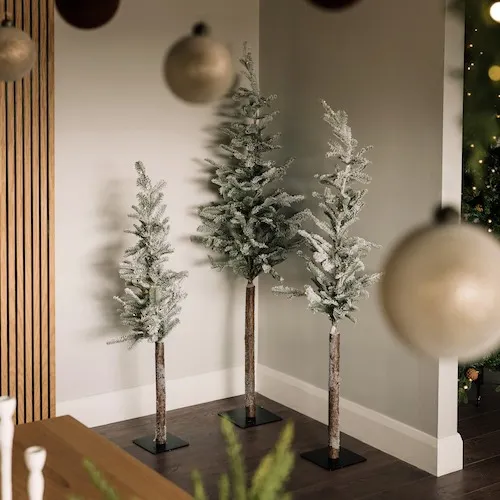
Try to be mindful of the size of your room and the space available when choosing a tree for Christmas 2023.
The Size Of Your Room
You should try to source a tree that complements the size of the intended room. Even if you benefit from plenty of space to feature a larger tree, it won’t feel proportionate in a relatively smaller room. On the other hand, a small tree in a big room will be incredibly underwhelming. Don’t be seduced by an 8ft monster that you can barely squeeze into your small hallway or a tiny but pretty tree that is almost invisible in your impressive open-plan space.
When considering the size of your room, don’t forget to also consider the ceiling height. It would be extremely annoying to assemble your tree, only to find that it doesn’t fit or that you can’t add your favourite fairy tree topper.
Colour
Trees are available in a surprising variety of colours and with a considerable amount of sparkle. You will achieve the most appealing look if you select a tree and decorations that complement your décor. Try to avoid trees that clash with decorations you already have; otherwise, you will burden yourself with the unnecessary expense of buying new ones. Picture your space when completed by a traditional, snowy, gold or silver tree and decide which colour really works.
Lights
There’s no doubt that the most troublesome aspect of tree decorating is adding the lights. Like many, you have probably experienced the frustration of having to start over when you get halfway down your tree and discover that there are no lights left! A pre-lit tree offers greater convenience and ensures a visually pleasing and balanced appearance. But dressing your tree with your own lights also has its advantages, including but not limited to:
Greater flexibility: You can feature as many lights as you wish, and you can choose styles and colours that create interesting effects. Better still, you will be able to change your lights in the future when the mood takes you.
Budget
Christmas is an expensive time, and it would be unwise to blow all of your festive budget on your tree. Choose a tree that you can comfortably afford, and remember to leave enough money remaining for the cost of lights and decorations (if you need them). You can save money by selecting a tree of a size that suits the number of decorations that you already have, and complements their look. It’s also worth thinking about whether your budget will have to stretch to a second tree for another room.
Alternatives To A Traditional Tree
Maybe you struggle to accommodate a Christmas tree in your home, or perhaps you'd rather create a unique alternative. Thankfully, there are many alternatives to artificial Christmas trees which would be stylish additions to your home. Bare trees are excellent choices. These are smaller decorative features with no needles, which are usually pre-lit. They can be suitable for displaying indoors or outside and can imbue your rooms with a subtle yet festive ambience.

EZ TIPS:
What Should You Do With The Boxes That Your Christmas Decorations Came In?
What goes up must come down! Always hang on to your original tree box, as you will need it for storage when it’s time to pack everything away. You could use other boxes, but your tree and baubles are guaranteed to fit in the box they came in.
When Should You Put Up Your Christmas Tree?
Trees traditionally go up at the beginning of Advent, which is the fourth Sunday before Christmas. But it’s up to you when you put up and decorate your tree. Some people favour the 13th of December (twelve days before Christmas). Choose a day or evening when you have the time to enjoy decorating the tree with your family.
When Should You Take Your Tree Down?
According to tradition, trees should be taken down 12 days after Christmas. That would be the 5th of January, but some people count 12 days from Boxing Day, and so the twelfth night would therefore fall on the 6th of January. In truth, the best time to take down your tree is when you have the time to do it!
Lights Or Decorations First?
When decorating your tree, you should dress it with your lights first and then add your other decorations. It’s easiest to add any tinsel or garlands last.
Fluff Your Branches
Before decorating your tree, take the time to fluff the branches. The faux foliage can flatten when the tree is packed into its box, and fluffing will always benefit from a little attention to make the branches appear fuller.
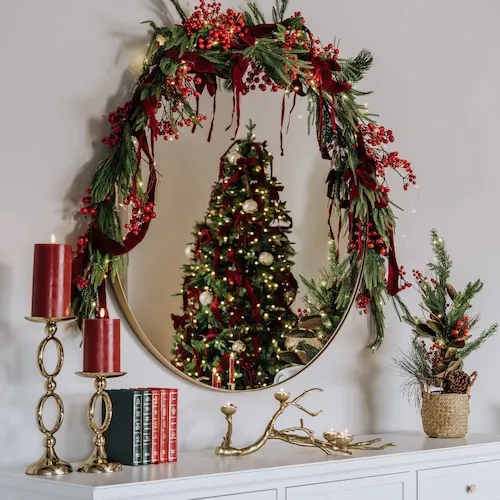
A red theme is very traditional for Christmas and is always a winner.
The History Of Christmas Trees
Long before the advent of Christianity, evergreen plants and trees were used to decorate homes in the winter months. The greenery was variously symbolic of fertile crops, rebirth, everlasting life, the coming of spring and the gods. Over the centuries and in both Europe and America, it slowly became the custom to display evergreen trees at Christmas. These were primarily pagan rather than Christian symbols.
Many nations have been credited with initiating the tradition of displaying Christmas trees. The truth is almost certainly that similar practices evolved independently and then merged into the ubiquitous tree that we see today. Whatever the origins of Christmas trees, we do know that it was Queen Victoria who was responsible for them appearing in almost every home during the festive season.
In 1846, a picture appeared in the Illustrated London News, showing the Queen and Prince Albert standing with their children around a tree. Whatever Queen Victoria did tended to become fashionable in both Europe and America. Suddenly, everyone wanted a Christmas tree.
Wishing you a very merry Christmas, from all of us here at EZ Living Furniture.
We hope you enjoyed this content and found it useful and informative. We aim to share our expertise and knowledge with our customers and to do this we have a team of content creators working tirelessly behind the scenes. We do not use AI to create our content. Click this link to find out more about our team and content guidelines.


